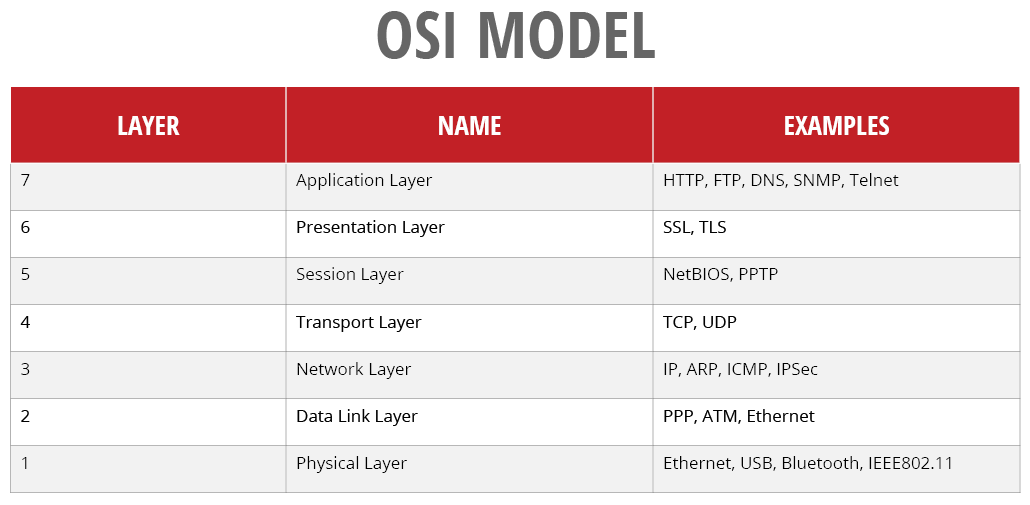A protocol, in general terms, might be described as a formal set of rules to govern interactions between two entities. Another way to think of them might be like shared languages. For example, if I’m speaking Inuktitut and you’re speaking Swahili, our conversation likely won't be very fruitful.
Protocols are essential for standardization, and in the IT world, we love standards (particularly open ones). Standardized protocols allow devices and software from different vendors to work together to maintain a healthy tech ecosystem with plenty of choice and competition. Of course, protocols do also come in proprietary varieties, but generally we don’t like those as they limit choice and interoperability.
Protocols are standards, and as such they are often developed and documented by well-known standards organizations such as the Institute of Electrical and Electronics Engineers (IEEE) or Internet Engineering Task Force (IETF). Often, protocols are referred to by their IEEE standard numbers such as 802.3 (Ethernet) or 802.11 (wireless LAN / WiFi).
Protocols are also frequently associated with layers, which - as you know from the previous IT Basics post about networks - are another favourite concept of IT folks.
When protocols are layered atop each other, we call this a protocol stack. And since protocols are often associated with networks, we frequently see the various OSI layers of the network corresponding with various protocols in the stack.

Inescapable and omnipresent, protocols surround us everywhere and we interact with them constantly. Our mobile phones rely on a whole slew of protocols up and down the network stack, from GSM and LTE on the wireless side to TCP/IP on the network stack to the TLS encryption that wraps our HTTP communication with the apps we use every day.
Another area of IT where protocols are common is with storage. Directly attached storage talks through protocols like SATA, SAS or NVMe while Storage Area Networks commonly speak iSCSI, Fiber Channel or FCoE (Fiber Channel over Ethernet).
In fact, I think it’s safe to say that we can blame protocols for the majority of confusing IT acronyms. Some are even acronyms within acronyms - SAS for example is “Serial Attached SCSI”. (We IT people also love recursion, but that’s another story). When confronted with a barrage of unfamiliar IT acronyms, it’s a fairly safe bet to nod knowingly and mumble something about protocols in response.
Since pretty much everything in IT is built on networks and protocols, having a basic understanding of these two concepts will go a long way in building your IT knowledge. Protocols are the glue that binds the Internet together and makes modern life possible. In fact, Bob Kahn, one of the inventors of the underlying technology of the Internet, goes so far as to say that the Internet itself is not the network, but rather the interoperability of the protocols on which it is built.
Just as language unites people and forms communities, protocols unite electronic devices and form networks.
-1.png?width=1092&height=792&name=logo%20(1092x792)-1.png)
%20copy(black%20letters).png?width=1092&height=792&name=logo%20(1092x792)%20copy(black%20letters).png)




.png?width=100&height=91&name=white%20logo%20(100x91).png)